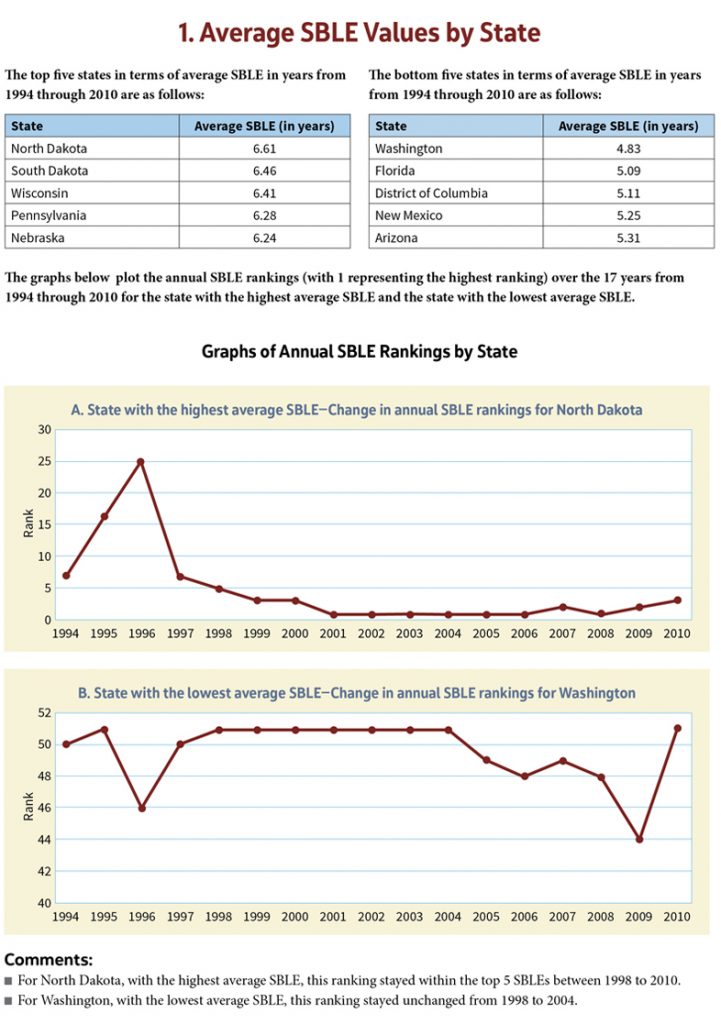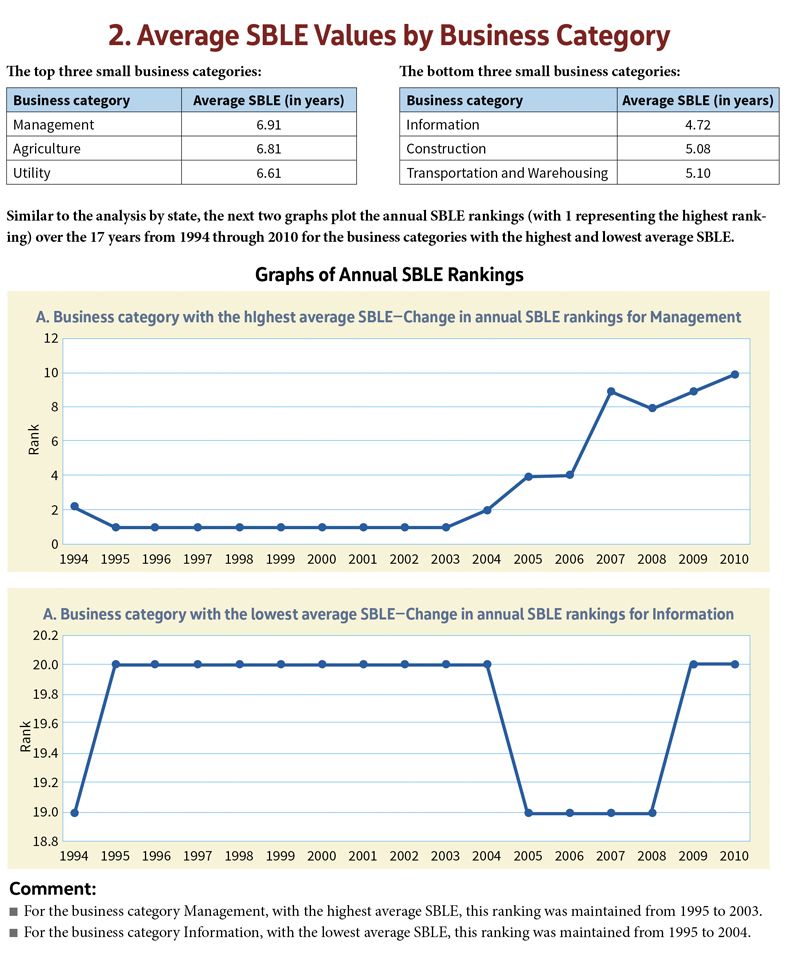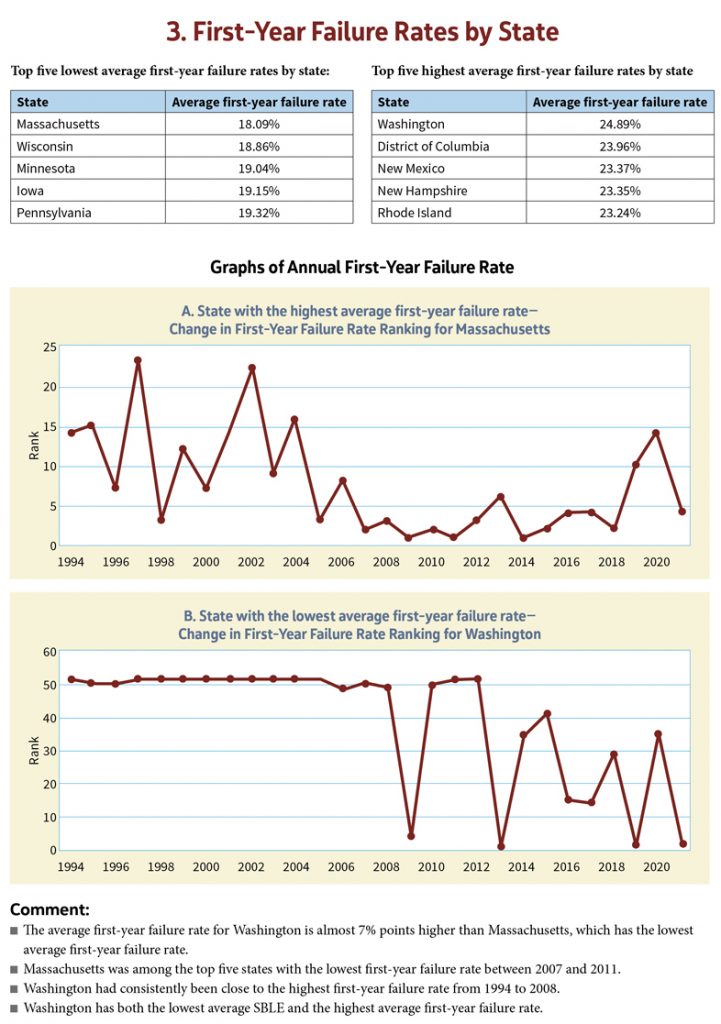Measuring the sustainability of a small business
By Jay Vadiveloo
Motivation
Small businesses, defined as businesses with 500 or fewer employees by the Small Business Administration, represent the largest and fastest-growing business segment in the U.S. Yet small businesses also experience the highest failure rates compared to all other business segments. At the Goldenson Center, we have embarked on a small business risk management initiative using teams of students to analyze individual small businesses to identify the key risks and opportunities facing these businesses. This Students for Workers Movement, or SWM initiative, has proved to be very effective and popular and a great learning experience for students. (For more, see “Putting It to Work—Risk management services for vulnerable small businesses”; Contingencies web exclusive; April 2023.
However, this is a microanalysis and the SWM reports are unique for each small business being analyzed. In this article, we are proposing a macro model to analyze the sustainability of a small business by developing a life expectancy calculation for small businesses. This is very similar to the calculation of an individual life expectancy in actuarial science using annual mortality rates. While there are many factors that impact the sustainability of a small business, our Small Business Life Expectancy (SBLE) metric condenses all these factors into one single number. Similar to individual life expectancy, the longer the SBLE, the healthier and more sustainable the small business. This will allow us to compare SBLE values by calendar year, by state, and by type of small business. This is a macro analysis because an individual small business may be more or less sustainable than its corresponding SBLE value because of its own unique way of managing the business. This is similar to an individual’s life expectancy being longer or shorter than the age cohort she belongs to as a result of lifestyle choices like diet and health.




Results
We have analyzed SBLE metrics by various categories provided by the BLS data.
While there are several other results that we could show (e.g. rankings by business category and state), the information we have provided will give the reader an idea of why this SBLE analysis is informative. Besides the SBLE, another valuable result from the BLS database that is important for small businesses is the first-year failure rate. Many startup small businesses cannot get off the ground for a variety of reasons, including lack of capital, poor planning or lack of demand. Because the first-year failure rate measure only needs the failure rate for the first duration, the next set of tables and graphs show the top and bottom three states with the highest and lowest average first-year failure rates between 1994 through 2022. Figures 5 and 6 show the rankings of the annual first-year failure rates for the top and bottom states from 1994 through 2022.
Conclusion
So, what can a reader or small business owner get from this article? For starters, the SBLE measure provides, for the first time, a compact measure of the sustainability of a small business that hasn’t been done before. Besides this valuable information, for someone planning to start a small business, this kind of analysis will allow the business owner to research the type of small business and state where the business is most likely to grow and be sustainable.
In terms of next steps, we plan to determine customized SBLE metrics for a given small business based on individual characteristics of the small business for instance capital adequacy, employee turnover rate, seasonal cash flow fluctuations, etc. We will use this information to adjust the annual BLS survival rates to create a customized SBLE for the small business. We will then compare the customized SBLE against the macro SBLE calculated from the BLS data as a means to keep track of the effectiveness of the risk management practices of the individual small business.
I would like to conclude with a quote from Jack Welch, former CEO of General Electric.
“Good business leaders create a vision, articulate the vision, passionately own the vision, and relentlessly drive it to completion.”
Our hope is that this SBLE performance measure on both a macro and customized small business level will assist business leaders in realizing and sustaining their vision.
Acknowledgments
This article required the combined efforts of several Goldenson Center student researchers. They include Jizhou Chen, Abigail Baidoo, Gayeon Lyou, Shuyao Cai, Chung Yun and Zhiguo Wang. The author would like to take the opportunity to thank all these students for their contribution to this valuable piece of research.
JAY VADIVELOO, MAAA, FSA, is the director of the Janet & Mark L. Goldenson Center for Actuarial Research at the University of Connecticut.





